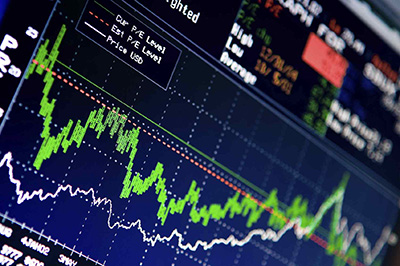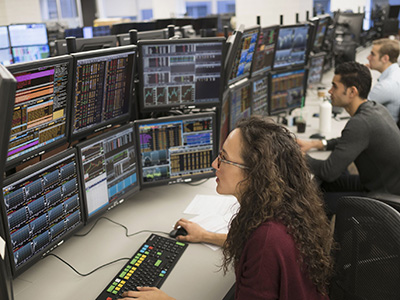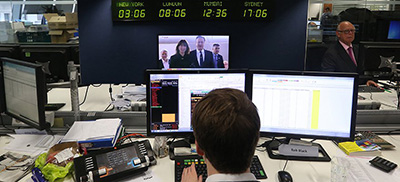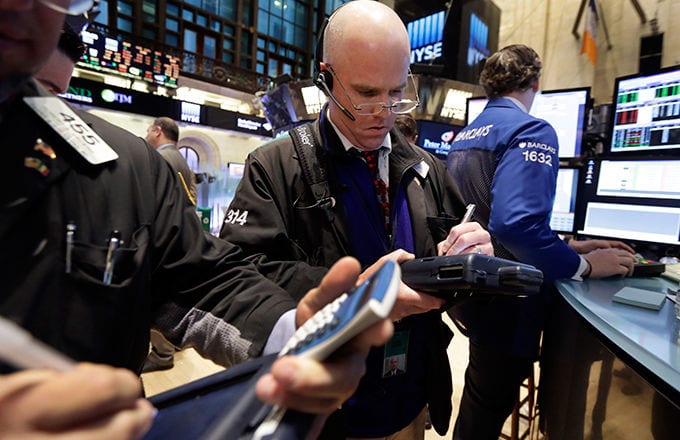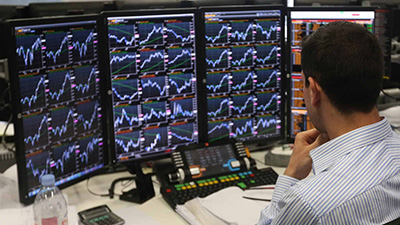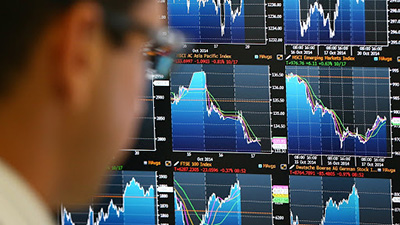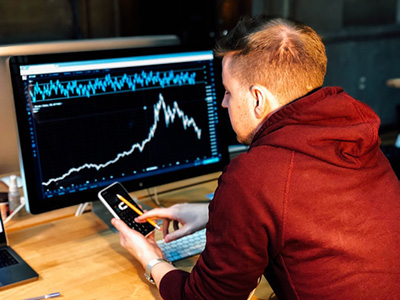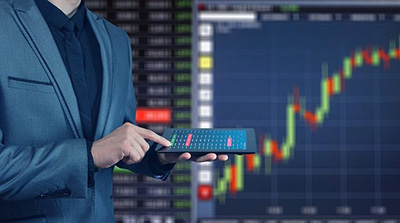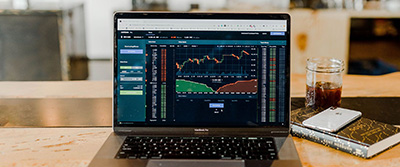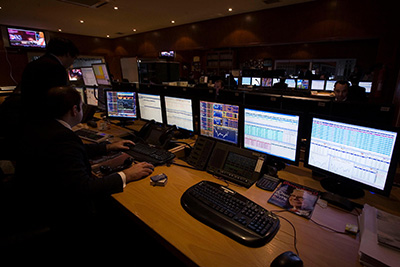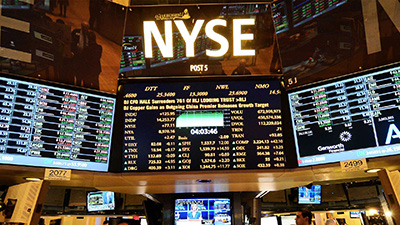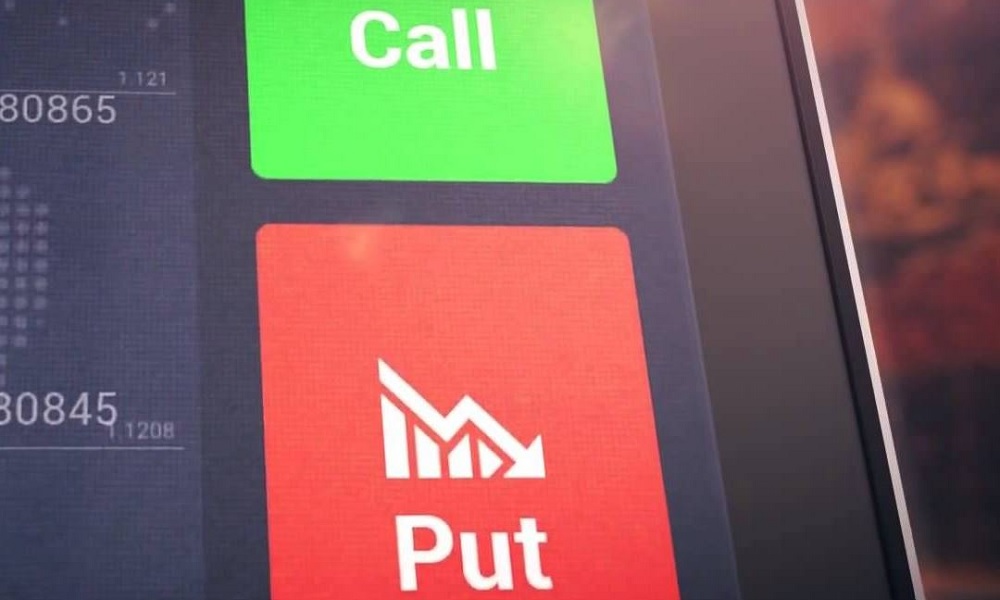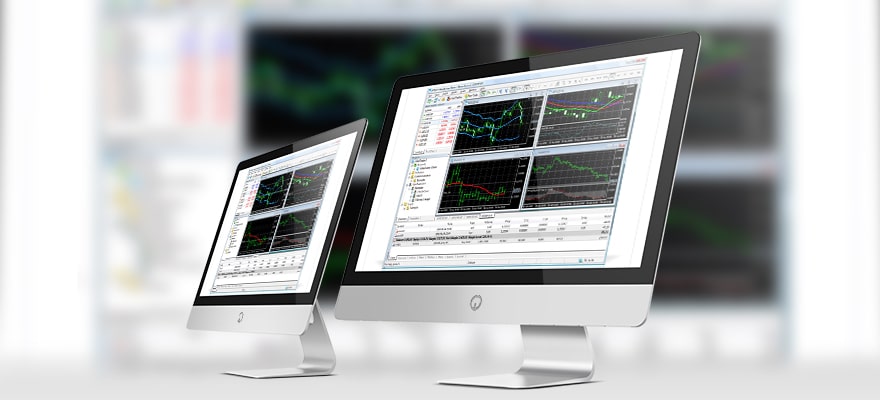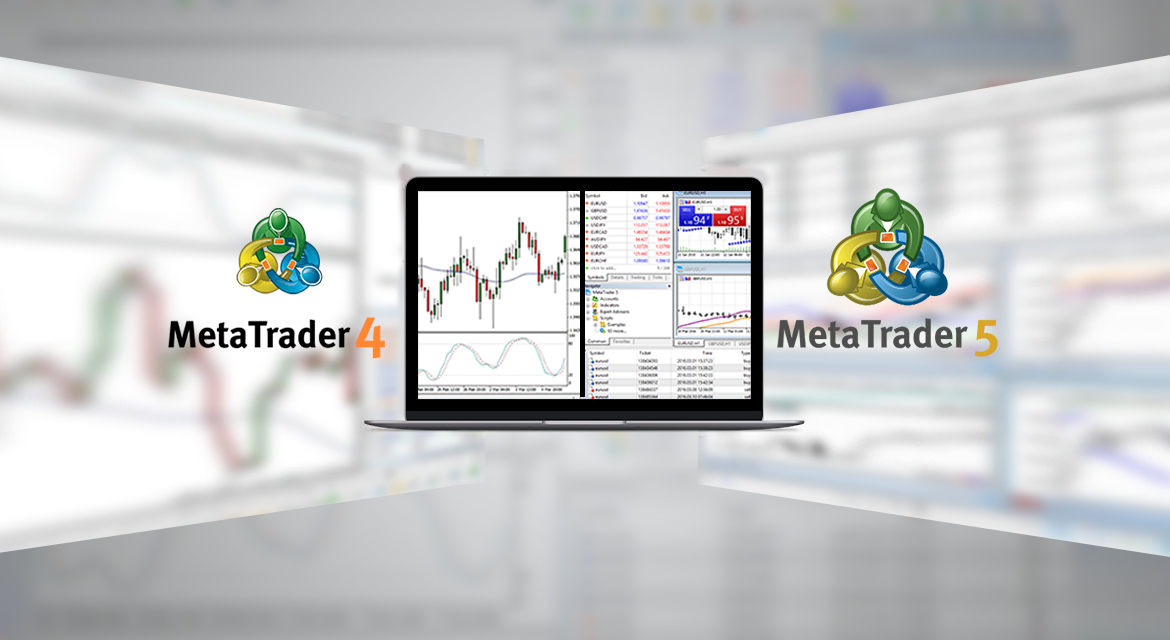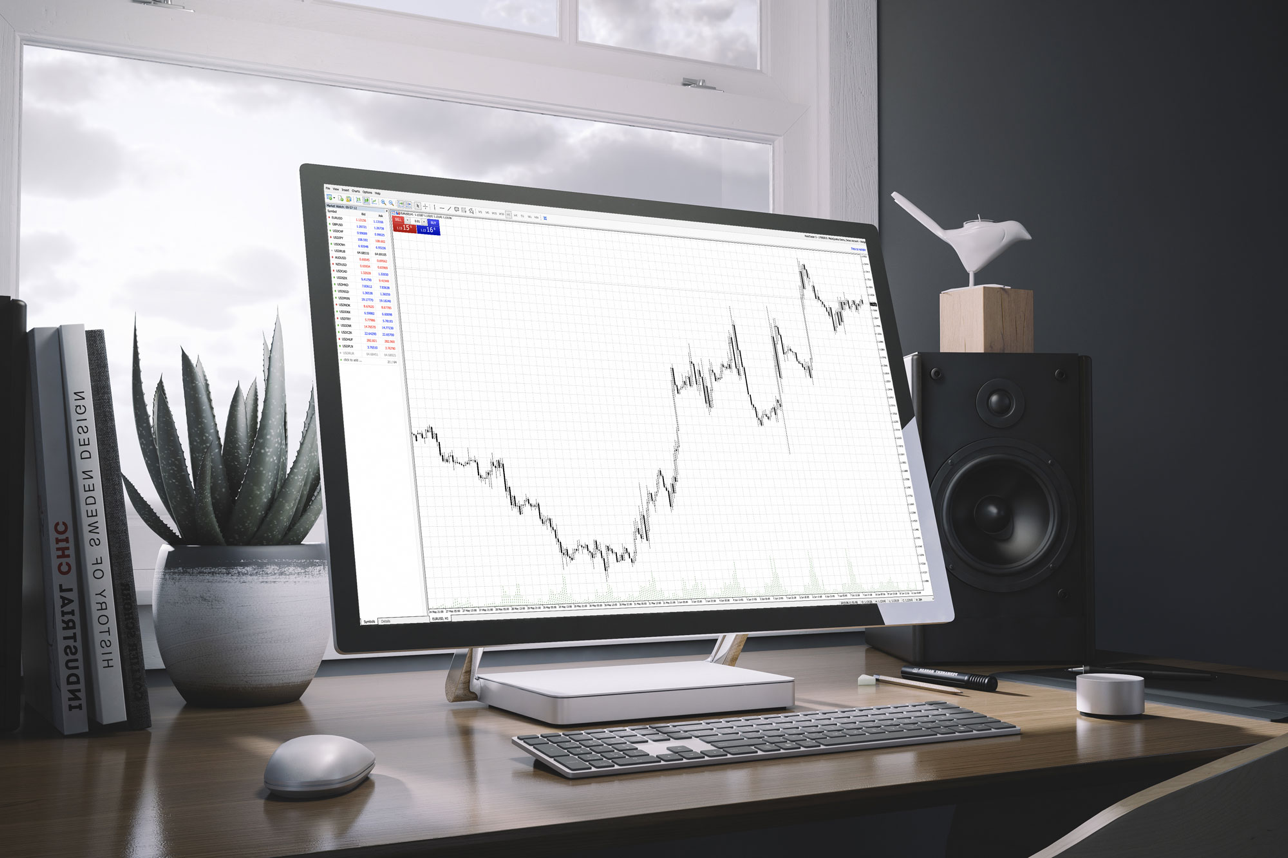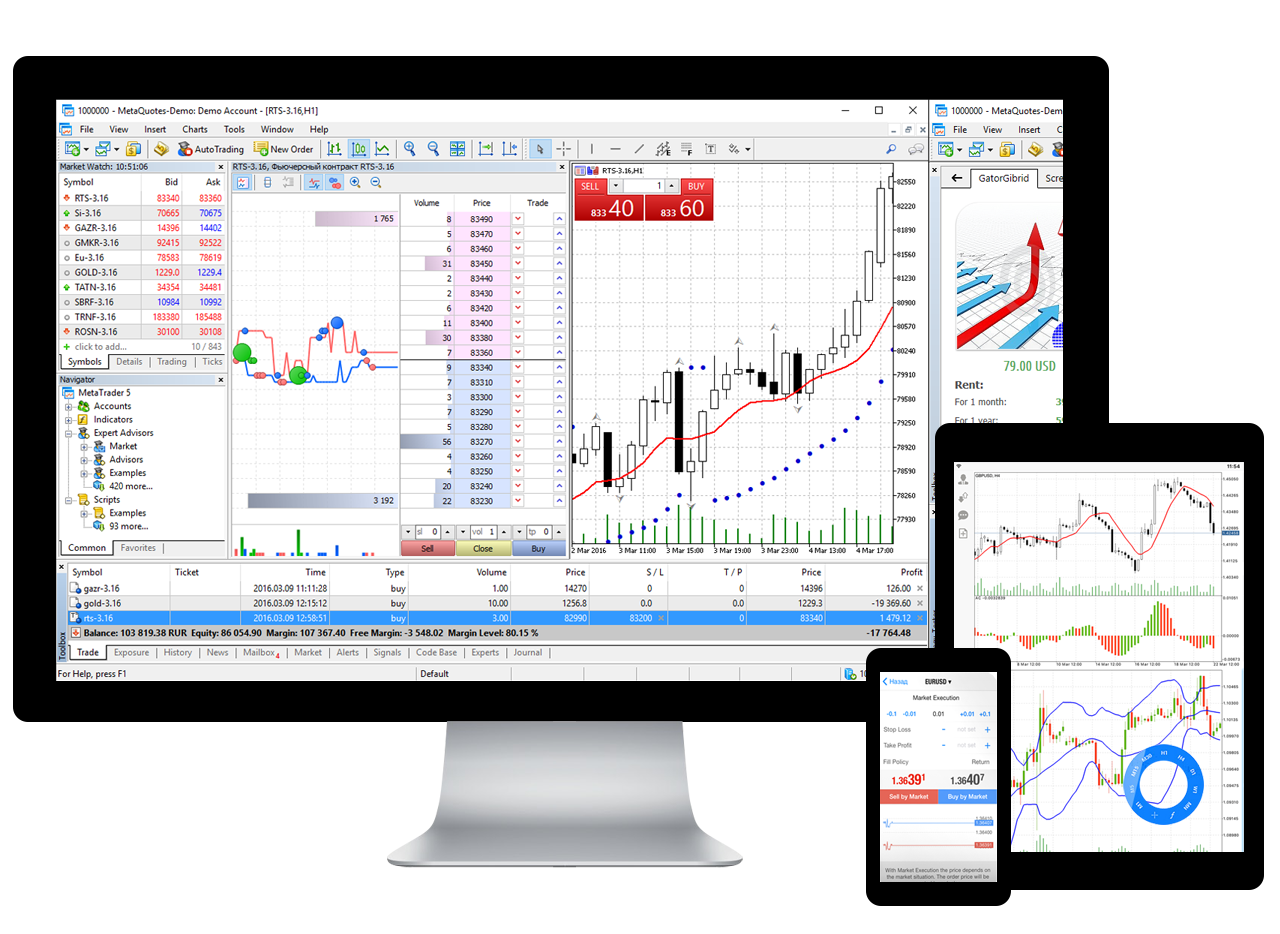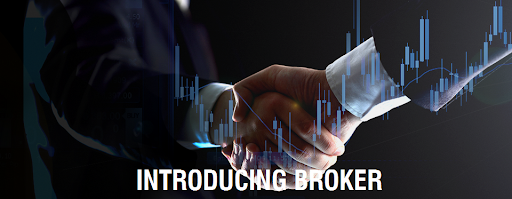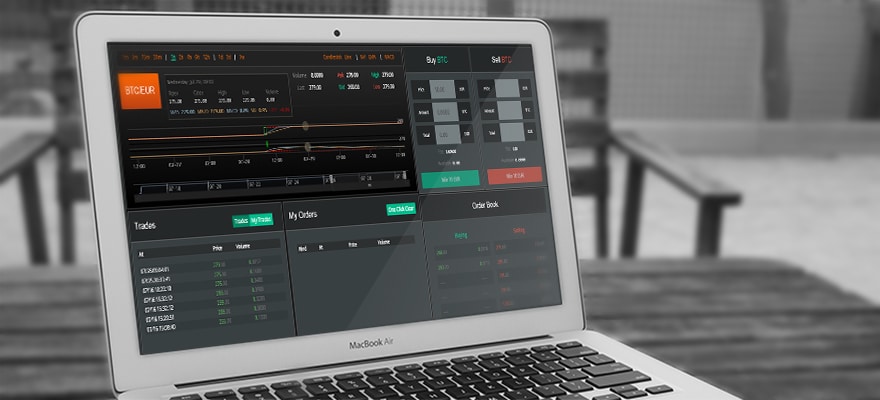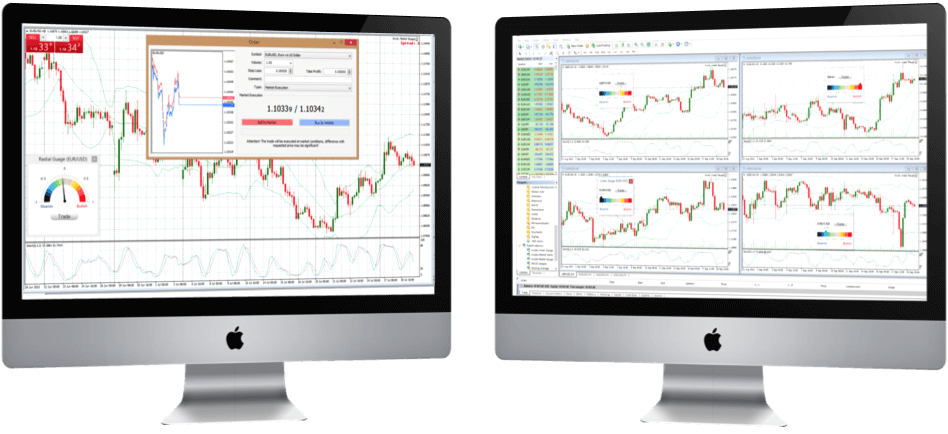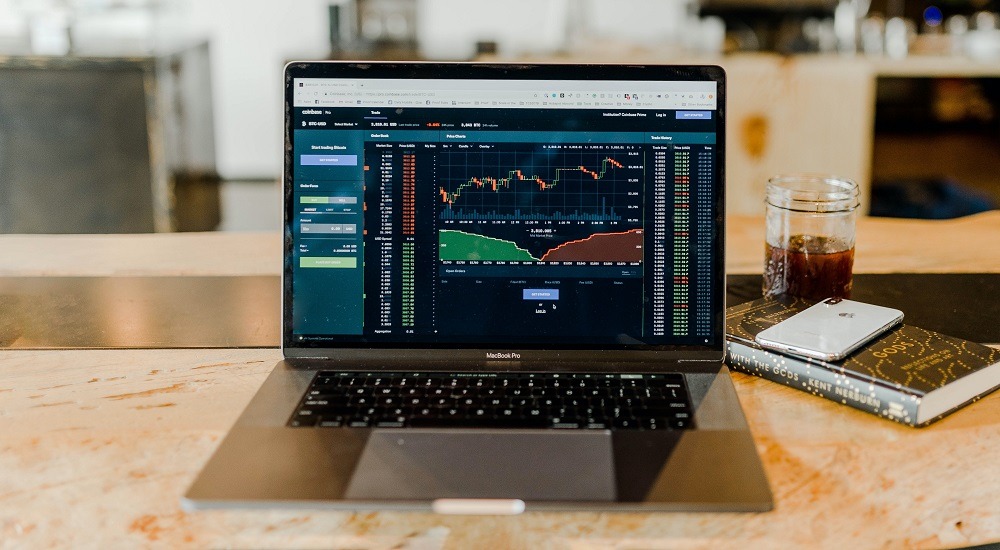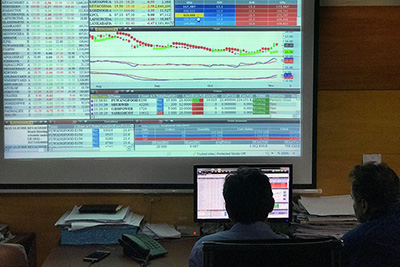
Forex broker models: A-book, B-book and mixed
How do forex brokers work? Do they really transfer their clients’ money to the interbank foreign exchange market or work on the principle of “kitchen”? In fact, there are three models of forex brokers: A-book, B-book and mixed. Let’s figure out what is their difference, and what are the pros and cons each of them carries for an ordinary trader.
Before analyzing the specifics of brokerage activities and looking for the benefits of each of the above types, it is advisable to familiarize yourself with the history of the Forex market, because it is this information that will help you understand the important subtleties and nuances of many modern trends and current processes. Forex, as we know it, emerged rapidly after the end of the procedures related to the cancellation of the Bretton Woods agreements, as a result of which the US government announced its refusal to exchange dollars for gold, refusing to comply with a fixed proportion. In parallel with these events, the authorities of many developed countries notified the public of the signing of an agreement, according to which the range of exchange rate fluctuations of other national currencies against the dollar expanded significantly.
Consequently, if in the time interval, starting from the victory of world society over Nazi Germany and up to the beginning of the 70s of the 20th century, the American dollar acted closely with gold, and the exchange of national currencies for USD took place at a constant rate, then in accordance with today’s reality, the value of monetary purchasing power depends on the balance between supply and demand. From the very beginning, such transactions were carried out by representatives of large banks and financial institutions that served corporate accounts and foreign trade transactions.
For example, if Organization X in the United States supplies German firm Y with a large batch of a commodity, it will not be possible to get away from exchanging the Deutsche Mark for USD. This procedure can be carried out in accordance with the following scenarios:
– The customer will buy dollars on the market, with their subsequent transfer to the personal account of the supplier;
– The client will transfer the stamps to the account of the supplier in the German branch, where the pounds will be exchanged for USD.
An attentive viewer will immediately understand that FOREX takes the central place in this scheme. In addition, free exchange rate formation plays a significant role as an additional regulatory instrument for the economy, since the strength of the currency directly affects the cost of the export / import process, including the growth in the value of the national currency of any country brings significant benefits in relation to the import of commercial products. After that, the popularity of foreign exchange among ordinary people (who are engaged in buying foreign currency for travel abroad or as savings) has increased significantly. From all of the above, we can conclude that a strictly defined function is assigned to Forex – servicing a specific area.
After some time, it became clear that fluctuations in the exchange rate can make a good profit, akin to speculative transactions in the market. Initially, access to such services was provided exclusively to large players, but in the 80s, the cordons of the American market cracked at the seams under the pressure of retail Forex dealers. The first dealing centers functioned on the basis of algorithms corresponding to the term “kitchen”, since the new industry was virtually devoid of a regulatory function. The receipt of client orders on the real market was not carried out, and obvious fraudulent actions of brokers resulted in theft of funds and drawing fake reports.
To everyone’s joy, the era of “wild Forex” is over. In many countries, special regulation of this activity has been introduced, and the brokers themselves, who survived the troubled times and turned into large companies with well-known brands, began to value their reputation. Therefore, retail Forex now looks like an adequate trading platform, a comfortable and functional alternative to any stock exchange.
MODEL B-BOOK
If a novice trader is asked about the main differences between a “kitchen” and a normal broker, most will not forget to mention manipulations with price variations, connection breaks, the imposition of unprofessional third-party consultants giving incorrect advice, aggressive calls, etc. Such characteristic features are inherent in many dubious dealers who cheat their clients. Still, the main difference between such kitchen brokers is that their client transactions are not connected in any way with external liquidity providers. Simply put, an authentic Forex kitchen collects all transactions in a common pot, from which a certain share is allocated to cover the winnings of successful traders, and all the rest of the funds, consisting of deposits of losing clients, remain with the broker. It is easy to see that this scheme is very similar to the casino operation model. And if you consider that according to statistics, more than 90% of Forex traders ultimately lose their money, then this business becomes even more profitable than a classic casino.
The described scheme of work is called B-book. Obviously, with such a model, the greater the loss of clients, the greater the broker’s profit. It is also quite understandable that the main threat to such companies is represented by traders who consistently make money on trading, because their profit is the company’s loss. That is why the creators of such schemes often use dishonest manipulations. It’s time to familiarize yourself with their basic dirty tricks:
– Fake non-market quotes appear in the terminal, which trigger Stop-Loss or MarginCall;
– Before the publication of important news bulletins, the connection with the server is lost, after which it becomes impossible to close previously open positions;
– Freezing of client funds under the pretext of suspected money laundering. In the future, no response from technical support should be expected;
– Accrual of bonuses, the meaning of which is that all negative transactions fall on the “bonus part” of the deposit, as a result of which, to compensate or work off the bonus, you will have to use personal funds;
– imposing unprofitable signals or an offer to take control of finances from the manager. After such actions, the client can say goodbye to personal funds.
There are a lot of different variations of fraudulent schemes, because representatives of unscrupulous organizations with irrepressible imagination are simply striking in their ingenuity (new, more and more sophisticated ways of stealing funds appear every year). All of this is more like the work of an underground casino than a financial market.
A natural question may arise – can an organization operating according to the B-Book scheme function honestly at all, or can it not do without dark manipulations? It all depends on the size of the company and the time of its existence. Large companies that have been in the market for a long time usually value their reputation and therefore rarely go to outright deception. Whereas small, one-day companies are much more likely to resort to the dirtiest tricks.
But practice shows that even large offices sooner or later begin to interfere with clients, whose winnings become large enough and regular. The only difference is in the methods: large companies “squeeze out” problem traders more delicately: they gradually worsen trading conditions (increase the spread, worsen execution, etc.) so that the client himself stops trading and leaves. Whereas small offices can simply block the account and not return the money.
Sadly, new traders who have not yet gained experience often fall into the clutches of cunning, cunning brokers, despite the fact that the distinctive features of dubious market figures are quite easily visible. Before opening an account, you should pay attention to the following signs that signal the doubtfulness of the broker:
– Information about the dealer brand is absolutely unknown (no mentions in well-known magazines);
– Lack of a license from the organization (preferably, the presence of an American, British or Cypriot license, which maintain their impeccable reputation);
– Excessive pressure and persistence of managers, in particular about “catching a trend quickly” or “regretting a lost moment”;
– The presence of incredibly small spreads and commissions (often set spontaneously in order to attract a client audience);
– Errors on the company’s website (presence of blank sections or lack of contact information).
MODEL A-BOOK
A-Book is a model of a forex broker, in which all clients’ transactions are brought to an external trading platform (the so-called “interbank”), where they are covered on equal terms by reverse transactions of other trading participants. In this scheme, the broker simply plays the role of an intermediary, so he is not interested in ruining his clients. This model is diametrically opposed to the B-book and is used by reliable companies serving reputable customers.
Main advantages for a trader:
– No conflicts of interest. It makes no sense for a broker to use dishonest methods and manipulations. If a client suffers a loss, then his finances are transferred to another trading participant, and not deposited in the pocket of a forex broker;
– The broker earns on commissions, so it is beneficial for him that clients do not drain their deposits, but remain on the market as long as possible;
– All additional services, such as trading signals, recommendations, analytics, etc., can be trusted by A-book brokers, since, as mentioned above, they are interested in the client not to drain;
– All A-book brokers are required to be licensed, and their work is regulated by the state;
However, for the impressive list of the listed advantages, you have to pay with some familiar trading conditions:
– Real A-books do not work with small deposits (minimum sizes from 5 to 10 thousand dollars);
– Lack of increased, free leverage. This is due both to legal restrictions and to the fact that the broker, by providing leverage, essentially gives a loan to the client, which means that it risks its own funds (unlike B-book, where leverage is just additional zeros in the terminal);
– Higher commissions compared to “kitchens”, since commission is the main income of an A-book broker;
– All settlements with A-book are carried out exclusively through banks. This has both pluses and minuses, in particular, problems with currency control and tax authorities may arise.
To better understand the scale of the fundamental differences in the profitability of the two schemes, consider the following speculative example.
Imagine that 100 traders with $ 10,000 in deposits. traded on Forex. Suppose that 20 people out of 100 were able to earn money by doubling their capital, and the other 80 lost all their investments. Let also each of the 100 traders have made an average of 100 transactions. Let’s calculate the profit of brokers working on A-book and B-book schemes.
Let the A-book broker have a commission of $ 10 per round (with a lot of $ 10,000). Then, just due to the commission, he will earn 100 * 100 * 10 $ = 100,000 $.
The broker’s B-book income will be the difference between the sum of the deposits of the losing traders and the profit of the winners: 80 * 10,000 $ – 20 * 10,000 $ = 800,000 $ – 200,000 $ = 600,000 $.
In addition, we have not yet accounted for commission income. Suppose that the B-book broker has it twice as low and is $ 10 per round. Then to the $ 600,000 you need to add another $ 50,000 in commission income. The result is $ 650,000.
As you can see, the difference in income between A-book and B-book schemes is more than six times! These simple calculations show that the income from client losses significantly exceeds the commission income. That is why all hunters for quick profits, including fraudulent brokers, use the B-book scheme.
As a result of simple conclusions, we can come to a simple conclusion that in order to increase the B-book profits, it is more profitable for a broker to set a lower commission in order to attract as many clients as possible, most of whom will eventually drain their deposits. As for brokers operating according to the A-book scheme, a completely different situation affects them. Drained deposits do not add to the piggy bank of their budget, their main income is a commission, which they cannot make too low. Therefore, they obviously cannot compete with the B-book in terms of the cost of their services, but in return they can offer higher reliability and a guarantee of strict fulfillment of their obligations.
As a result, the client is faced with a choice – either to increase transaction costs and guaranteed to keep his funds, or to save on commissions, risking being left with nothing, in an unfortunate combination of circumstances. And if for traders with small deposits the choice is not so obvious, for serious traders operating with large funds, the choice is obvious.
MIXED MODEL
The two models presented earlier are characterized by two extremes: large non-trading risks and serious deposit requirements. Obviously, for the average trader, neither the first nor the second option is optimal. That is why brokers successfully operate in the open spaces of retail Forex, using a mixed model, which includes elements of both A-book and B-book. Its essence is as follows. The company has access to the interbank market, but either large orders or an aggregate position are displayed there, which can negatively affect financial stability. The rest of the orders with a small volume are closed by counter orders from other clients within the company. Many large brokers have been open about using this approach and promoting its benefits.
In addition, some companies, positioning themselves as A-book, unexpectedly declassified their secrets after the collapse of EURCHF. For those who are not in the know, the NBP decision made a strong strengthening of the franc, which caused serious losses for some reputable European and American brokerage companies, which could have been avoided if all transactions were completely transferred to liquidity providers.
Of course, if you do not overdo it with extreme situations, this option for managing a business process brings certain benefits to all participants in the trader-broker chain. From a speculative point of view, the following characteristic features can be distinguished:
– The average trader (a small deposit, does not exceed $ 1,000) has a clear understanding that operating too small transactions is not enough to enter the market, therefore, thanks to the mixed model, there is an excellent chance to engage in successful trading;
– A mixed broker makes a big profit, in contrast to the A-book associate, so you can set softer conditions for commission and spreads, putting the speculator in a favorable position;
– Most often, such firms are reinsured so as not to see a negative balance on the account, i.e. during abnormal surges, traders’ debts are written off, while for an ordinary broker, compensation for such losses is carried out in court;
– Possibility of using alternative methods of replenishment and withdrawal of cash, alternative to bank transfer;
Lack of requotes on the account (loyalty to the implementation of orders from the company, even if they are delayed inside the “common pot”).
The advantages for a broker are also obvious:
– Increased profits – novice speculators lose money due to lack of experience and psychological factors, and applications from professional experts that pose risks for the company are brought directly to the market;
– Reaching a wider number of clients, since not only large, but also small traders are attracted;
– Ability to obtain a license from an authoritative regulator.
CONCLUSION
In this review, a fairly detailed comparative characteristic of A-book and B-book brokers was presented. If you do not get carried away with unnecessary terminology, then their main distinguishing feature is how they process customer orders (the former are characterized by the withdrawal of all transactions to the interbank market, and the latter act as market makers and can adjust prices as they please).
If the speculator has serious capital, it is better to use an A-book company to open an account – this is a guarantee of the safety of funds from such a scenario as “playing against the client”, plus access to useful additional services (high-quality analytics, etc.) is opened.
If the amount of speculative capital is less than $ 1000, then it is better to open an account with a broker using a mixed model, since they are licensed and value their reputation. Moreover, almost all brokers working with private individuals (the so-called “retail”) work precisely according to a mixed model.
One final note: avoid working with “kitchen” B-book dealers. They can still withdraw small amounts and profits, but they will not give back large earnings. Moreover, there may even be problems with the withdrawal of the initial deposit.
In our company, you can access work through white label mt4 or white label mt5 any kind of activity!





